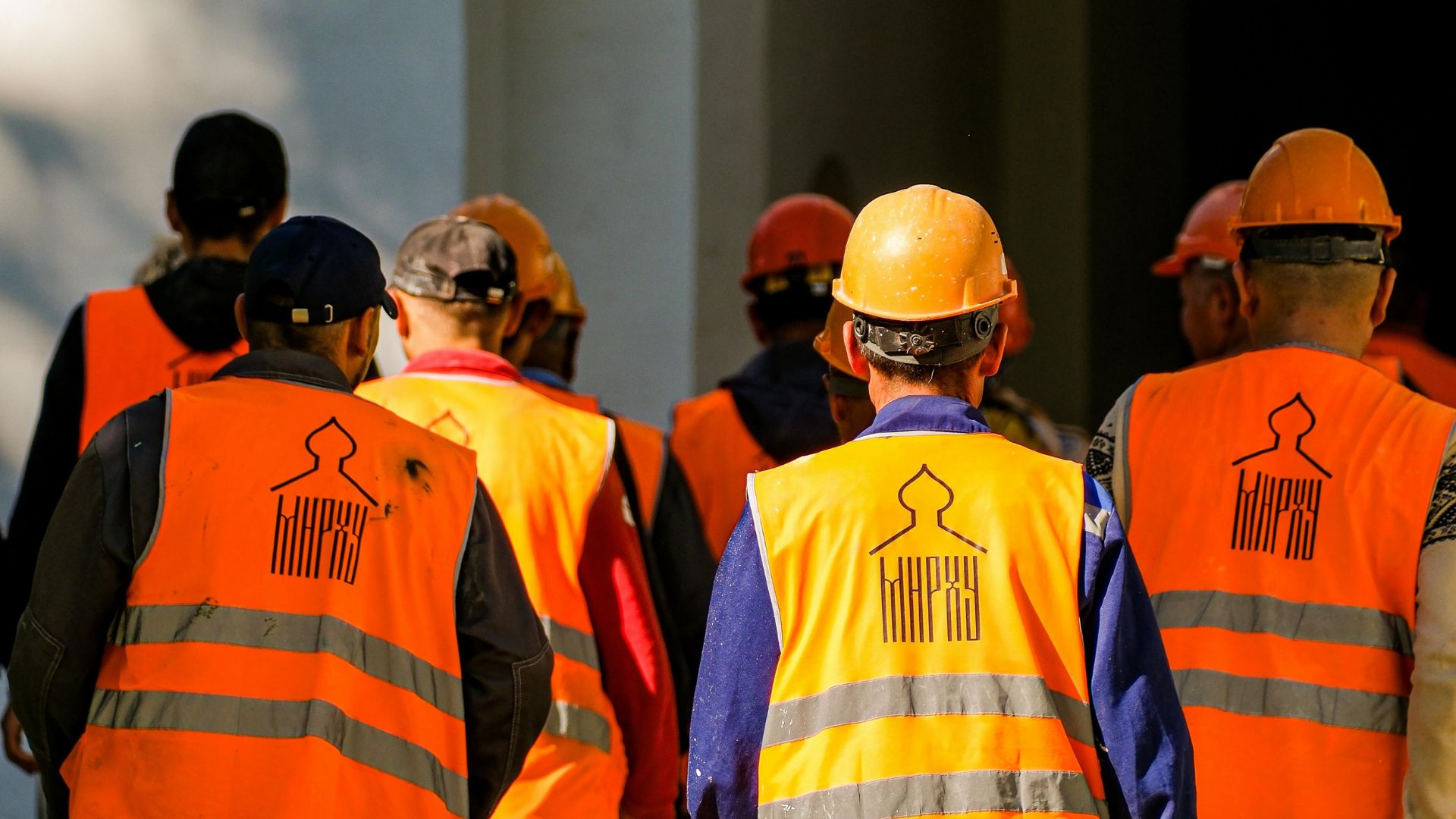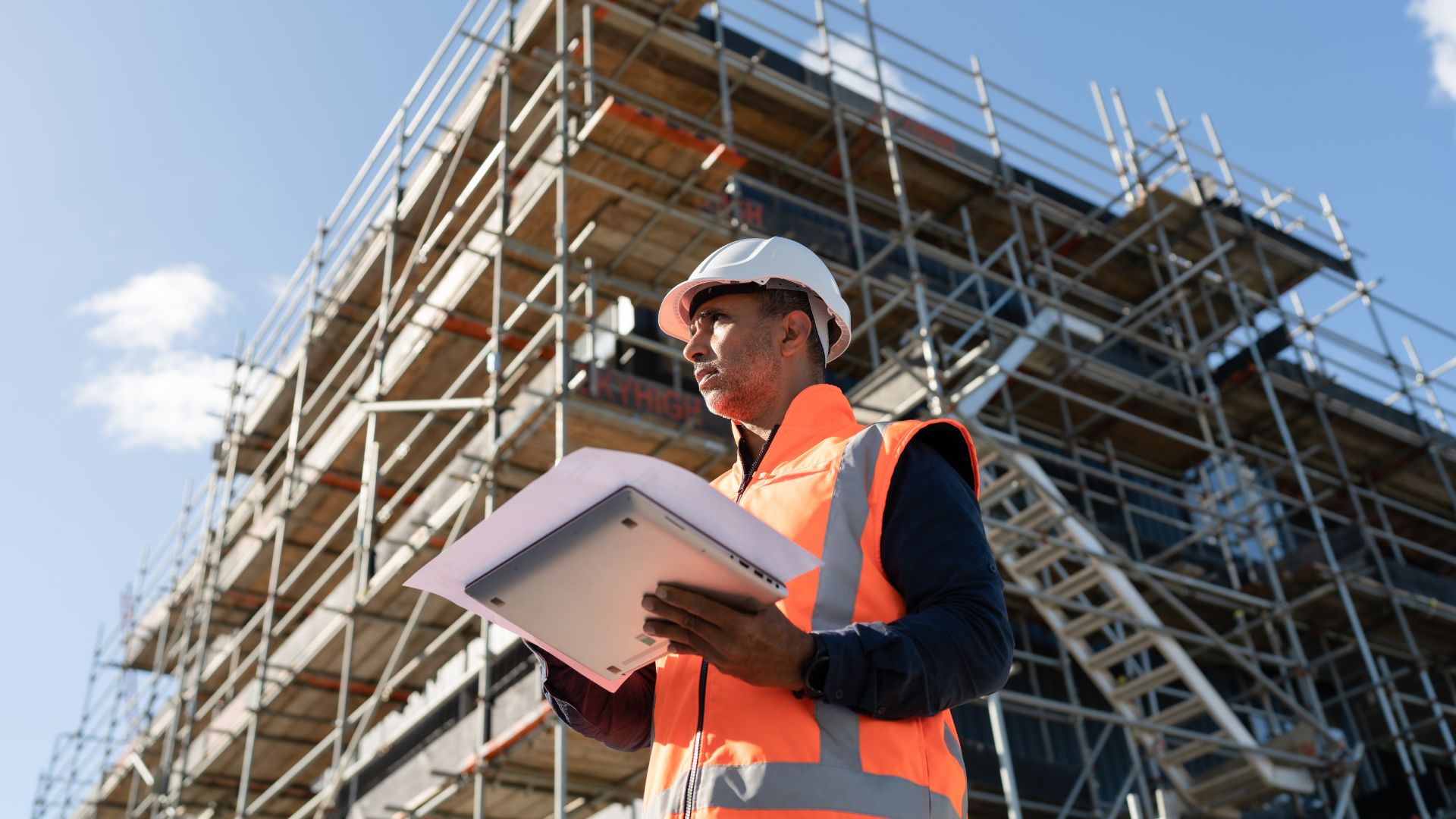
New Research: Link Between Safety Leadership, Morale, and Performance


When we talk about workplace safety, especially in high-risk industries like construction, most conversations focus on rules, protocols, and compliance.
But new research suggests we’re missing a critical piece of the puzzle: employee morale.
A recent study on safety leadership, employee morale, and safety performance reveals that how workers feel about their jobs significantly influences workplace safety. It’s not just about enforcing rules, it's about how engaged and valued employees feel on the job.

What The Research Is Telling Us
Here’s what the data tells us about the real drivers of safety performance and what organizations can do to improve it.
1. Leadership Drives Safety But Morale Is the Missing Link
Strong safety leadership has a direct positive impact on safety performance. Leaders who prioritize safety, communicate expectations clearly, and engage with workers create safer job sites.
But the research found something even more important:
- Employee morale acts as a mediator between leadership and safety performance.
- When morale is high, safety leadership has a much stronger impact on performance.
- When morale is low, even good leadership doesn’t improve safety outcomes as much as expected.
The Data:
- Safety leadership directly improves safety performance
- Morale strengthens this effect: Employees with high morale are much more likely to follow safety practices.
- The mediation analysis confirmed that leadership impacts safety most effectively when it improves morale first.
What This Means for Leaders:
- Leadership isn’t just about policies or how workers feel about their job matters just as much.
- Investing in morale-boosting initiatives (recognition, open communication, psychological safety) can make safety policies more effective.

2. Harmonious Safety Passion Makes the Difference
One of the most fascinating findings was the role of Harmonious Safety Passion—when employees genuinely care about safety as part of their identity and work culture.
High passion = stronger connection between morale and safety performance.
Low passion = weaker safety outcomes, even if morale is high.
The Data:
- Employees with high Harmonious Safety Passion showed a significantly stronger link between morale and safety performance.
- However, passion did NOT significantly impact the direct relationship between leadership and safety performance.
Key Takeaways:
- Passion fuels safer behavior but only when morale is already high.
- Leaders can’t rely on rules alone, they need to inspire a genuine culture of safety.
- Recognizing and rewarding safe behaviors helps build this passion.
3. Safety Is More Than Just Compliance It’s Culture
Traditional safety programs focus on compliance: Did workers follow procedures? Were the right PPE and hazard controls in place? But this research proves that culture and morale are just as important as protocols.
What Organizations Can Do Now:
- Prioritize leadership training that includes morale-building strategies.
- Integrate psychological safety into safety programs, encourage open conversations, empower employees to report hazards, and provide feedback channels.
- Recognize and reinforce safety passion, make it part of team values, not just a requirement.
Making Safety a Team Effort
Workplace safety isn’t just about rules and enforcement. It’s about how employees feel, engage, and care about safety.
The data is clear:
- Strong leadership improves safety but morale is the key mediator.
- Harmonious Safety Passion amplifies the effect of morale on safety performance.
- A culture of recognition, communication, and engagement is critical for better safety outcomes.
See how PepTalk can help you build safer, healthier and more productive teams here
Frequently Asked Questions


See PepTalk in action


Related
Latest Blogs


See PepTalk in action











.webp)